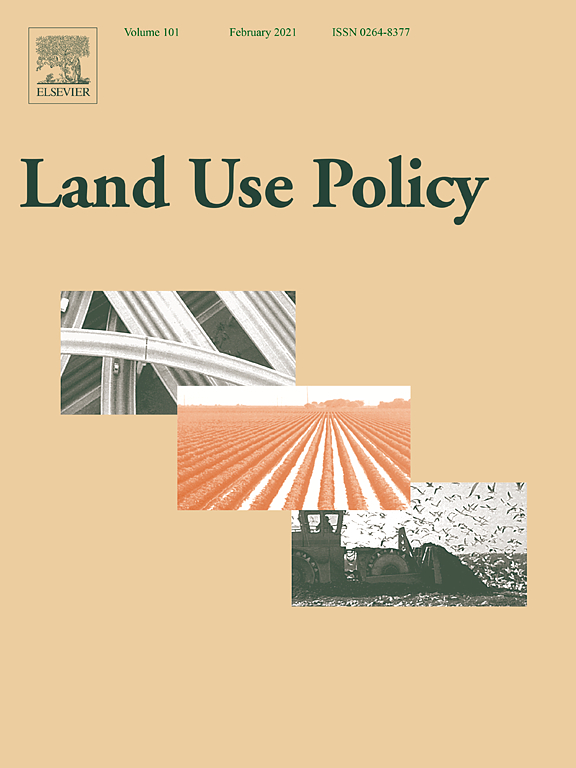Territorial differences in agricultural investments co-financed by the European Union in Poland
This paper identifies the relationship between an active use of EU investment support programs by Polish farmers, on one side, and the local conditions for socioeconomic development and natural and structural characteristics of agriculture, on the other. The research was illustrated by the example of Poland, a country with a remarkably fragmented and territorially heterogeneous agrarian structure.


